As the Red Sea continues to be “stormy” due to attacks by Houthi rebels and Western responses, HSBC Global Research has just released a report analyzing the impact of geopolitical tensions in the Red Sea on ASEAN trade.
At first glance, disruptions in the Red Sea appear to be a risk to Southeast Asian economies that are counting on global trade to pick up again, said HSBC’s report titled “ASEAN Perspectives: Red Sea, red alert?”.
However, this is not an immediate “red flag” for ASEAN trade as the bloc’s exports and imports to Europe and the Middle East are also relatively limited, the report said, noting that certain products may be more vulnerable than others, such as textiles and footwear from Vietnam and automotive exports from Thailand.
In addition, HSBC experts also emphasized the need to keep an eye on inflation, which is easily affected by fluctuations in oil prices. According to the analysis of the UK-based multinational financial group, ASEAN is particularly vulnerable to global oil prices.
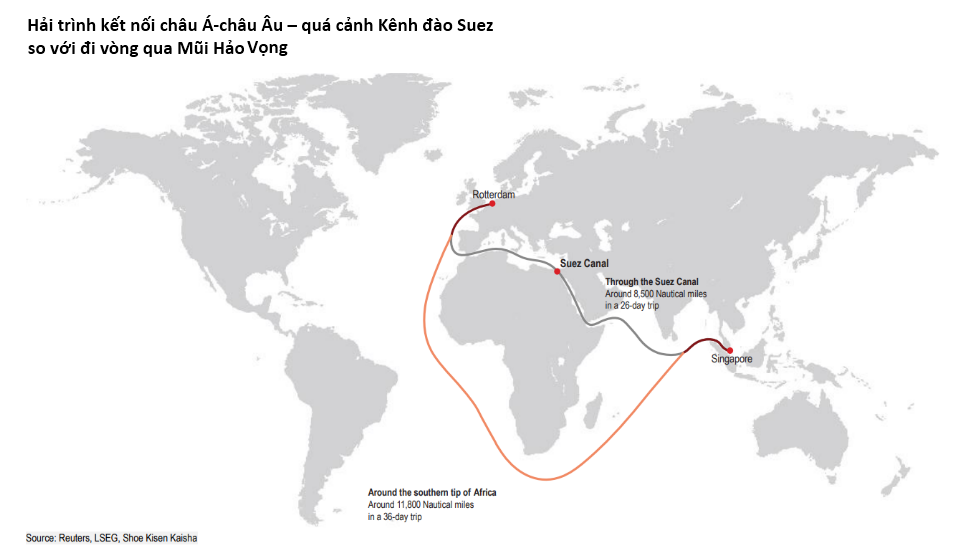
“Although trade with the Middle East is limited, one important commodity that cannot be overlooked is oil. With the exception of Indonesia, the rest of ASEAN countries import at least 50% of their crude oil from the Middle East,” HSBC said in a report.
“However, we can be reassured by taking a closer look at the information on exporting countries: about 70% of ASEAN oil imports from the Middle East originate from the Strait of Hormuz, where trade flows have not been disrupted. Even for the remaining 30% imported from Saudi Arabia, many oil transporters have diverted away from the Red Sea. So far, there has been no tangible impact on global oil prices,” the report added.
Given the fact that the conflict in the Red Sea is not yet known how long it will last, HSBC warns that Southeast Asian countries need to closely monitor developments as energy inflation cannot be ignored.
“After all, ASEAN is particularly vulnerable to global oil prices. Most of the region has already seen a sharp rise in energy inflation in 2022, prompting central banks to tighten monetary policy quite aggressively,” the report said. “While there is no reason to worry about a repeat of the energy shock, it is worth watching how things might develop, especially as central banks prepare to enter a monetary policy easing cycle on the back of subdued inflation.”
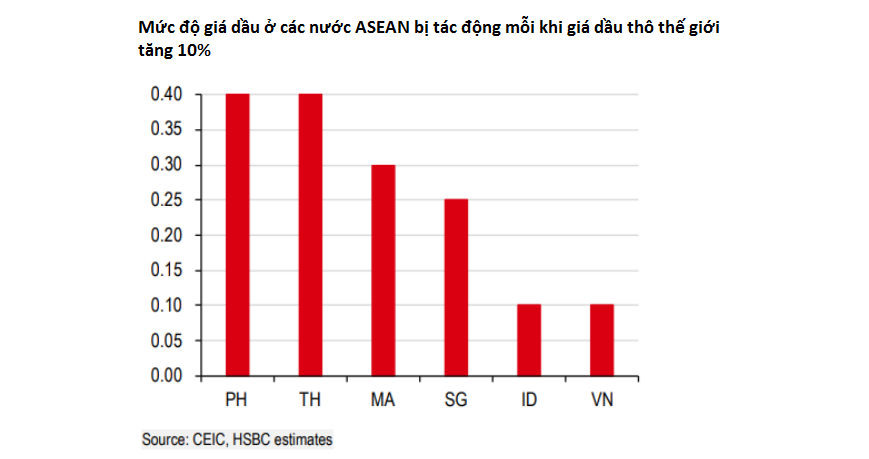
Regarding trade, in its report, HSBC recommends that Vietnam should pay attention to exporting textiles and footwear to Europe.
While the US is the largest importer of this commodity from Vietnam, Europe’s 20% market share is also significant, according to HSBC. Shipments to Europe have not been affected by the disruption in the Red Sea, as evidenced by a 30% increase in January compared to the same period last year. However, trade associations have also warned of increasing difficulties in receiving orders from Q2/2024 if tensions persist, the report said.
"In fact, some exporters have sought alternative transport solutions as more and more shipping companies are looking to reserve space by air. This has led to an increase in air freight volumes on the Vietnam-Europe route in January, even exceeding the 6% peak level set for 2023," HSBC noted.
Similar to textiles and footwear, HSBC's report pointed out that the impact of the conflict in the Red Sea on agricultural exports of ASEAN in general and Vietnam in particular is also limited.
Looking at the two major agricultural exporters, neither Vietnam (17% market share) nor Thailand (13% market share) exports much to the EU and the Middle East. After all, about 60-70% of the two countries’ agricultural exports are destined for Asian customers, according to the bank’s report. This is especially the case for staples like rice, where 50%-80% of regional countries’ rice imports come from Vietnam and Thailand.
However, HSBC says other products could be more vulnerable. For example, nearly 50% of Vietnam’s coffee exports go to Europe. But fortunately, recent increases in Chinese demand for many Vietnamese agricultural products could more than offset any potential trade disruptions .
Minh Duc
Source



![[Photo] Prime Minister Pham Minh Chinh chairs the regular Government meeting in March](https://vstatic.vietnam.vn/vietnam/resource/IMAGE/2025/4/6/8393ea0517b54f6791237802fe46343b)
![[Photo] Military doctors in the epicenter of Myanmar](https://vstatic.vietnam.vn/vietnam/resource/IMAGE/2025/4/6/fccc76d89b12455c86e813ae7564a0af)


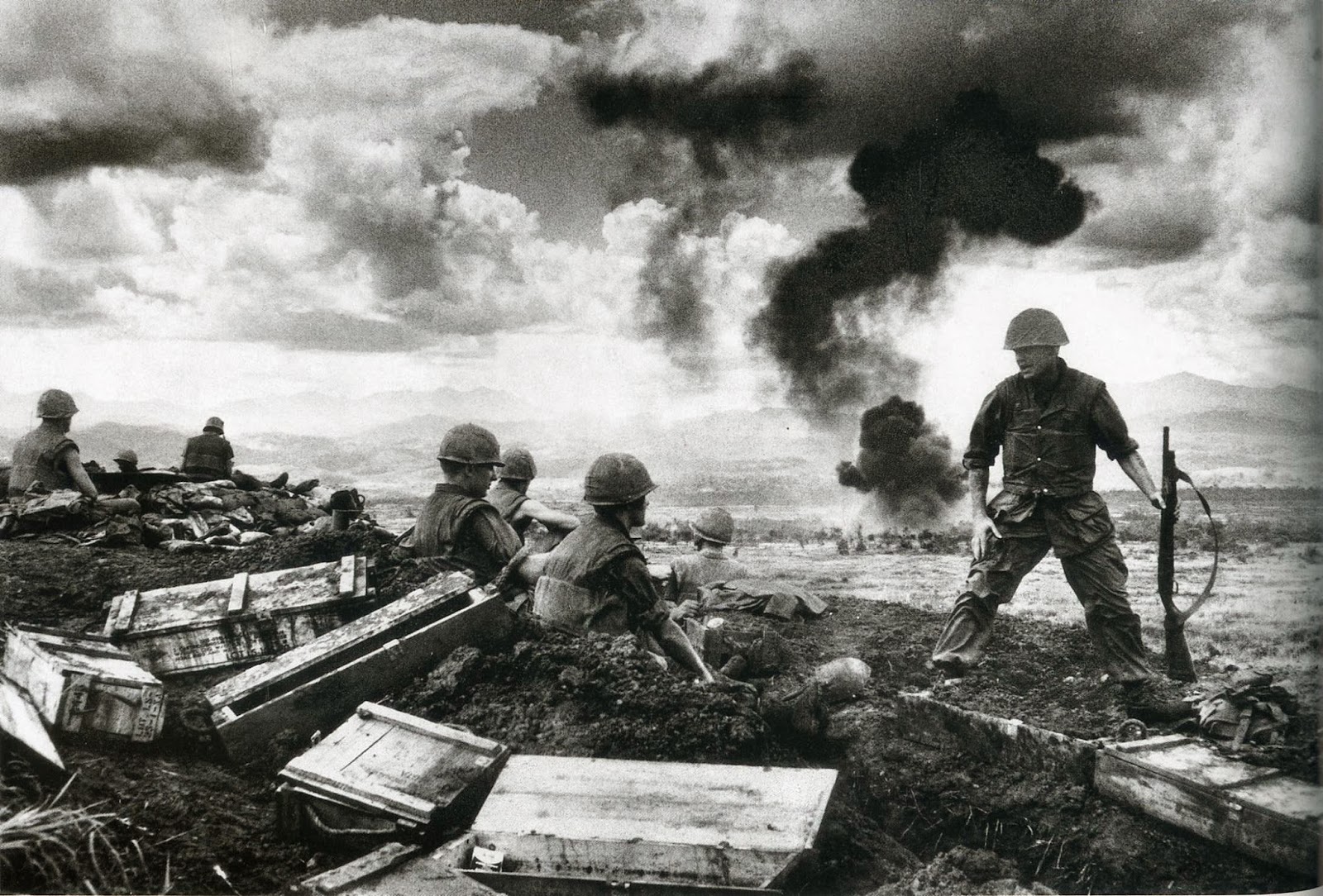
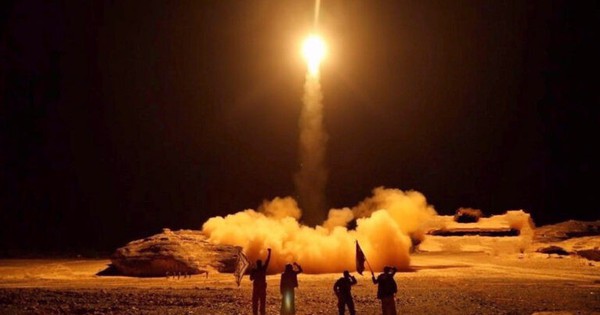
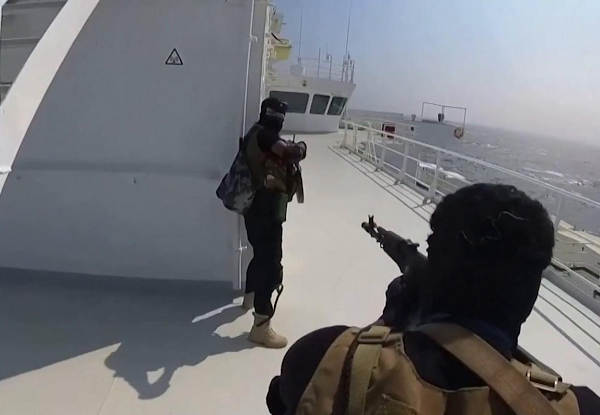
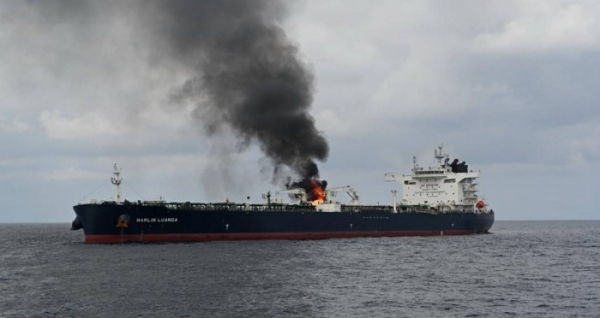

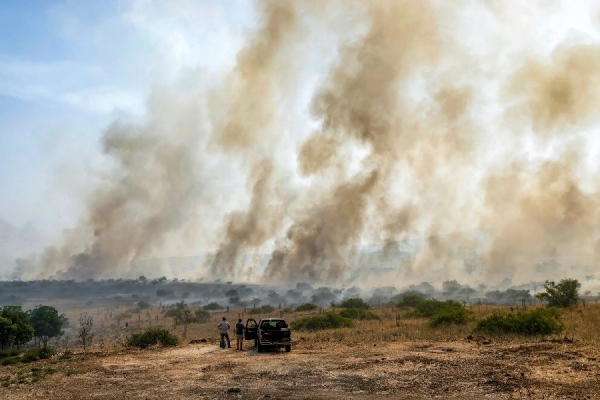
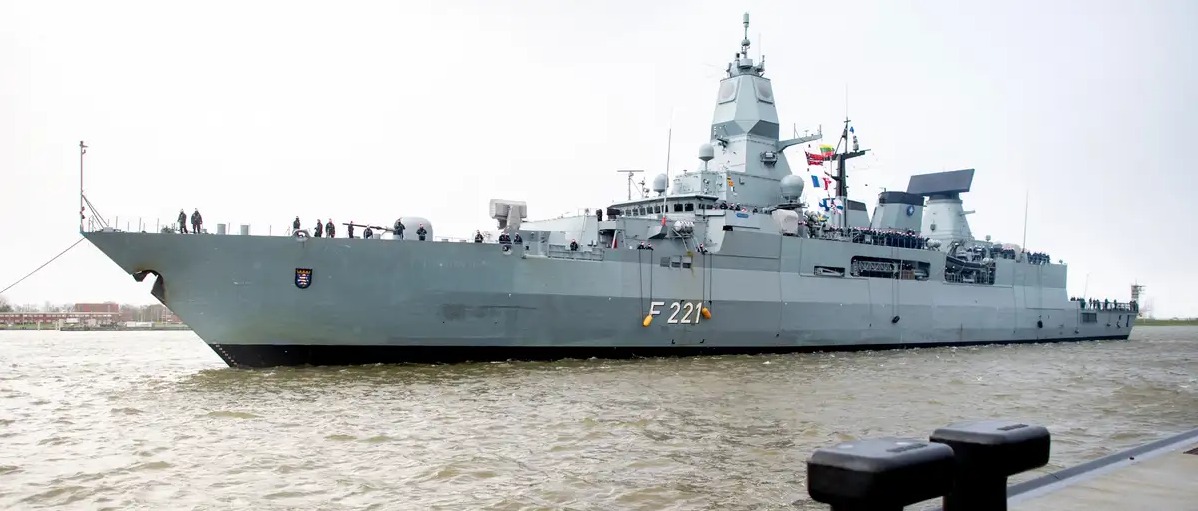
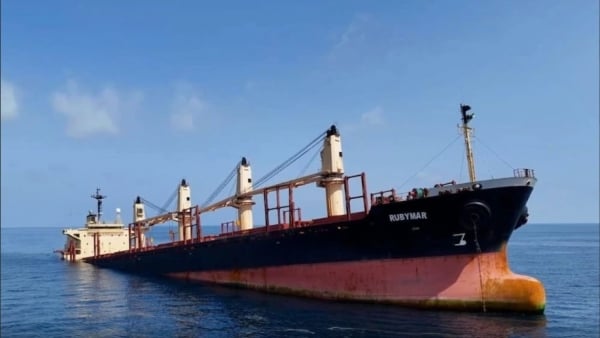
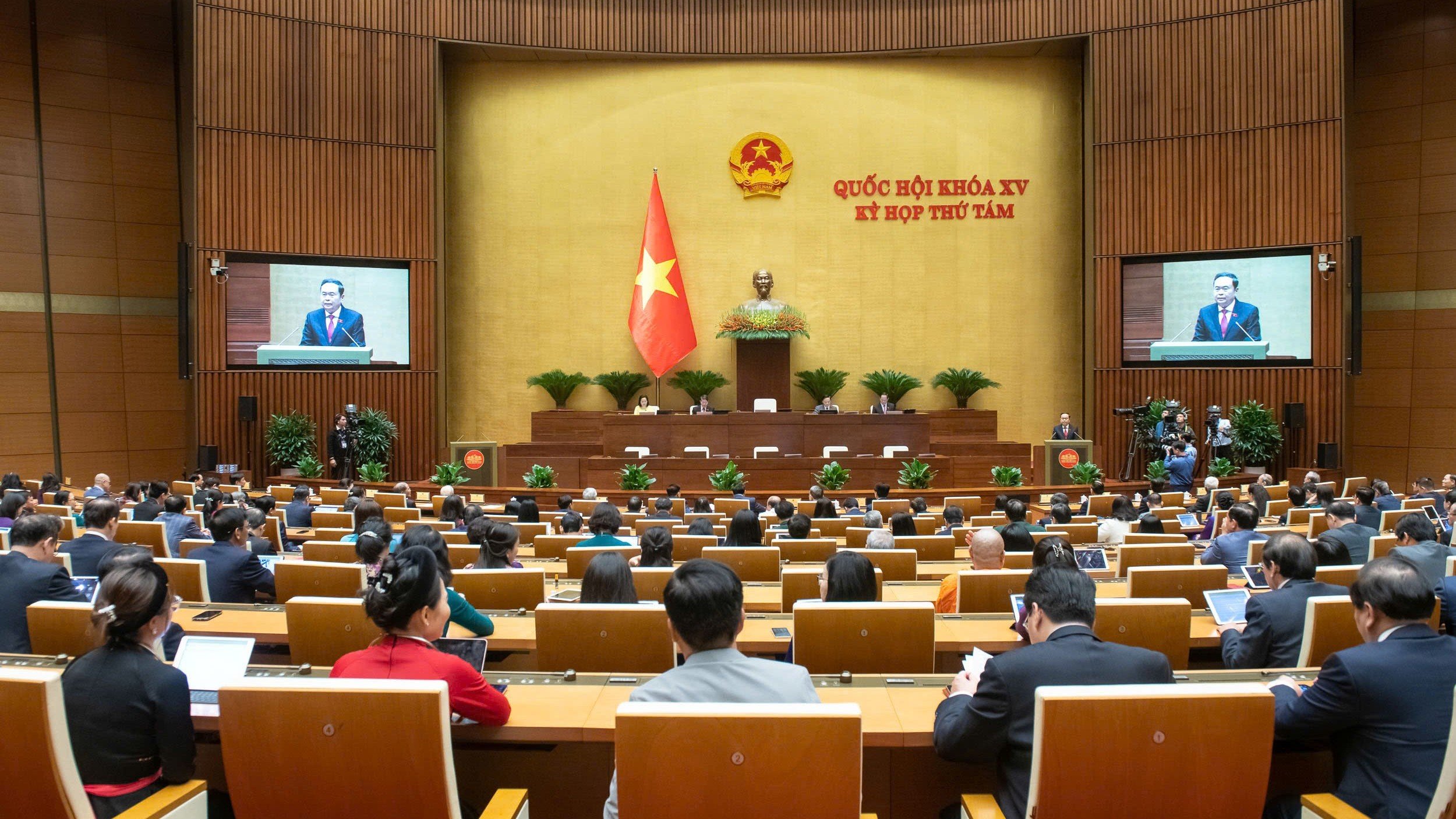

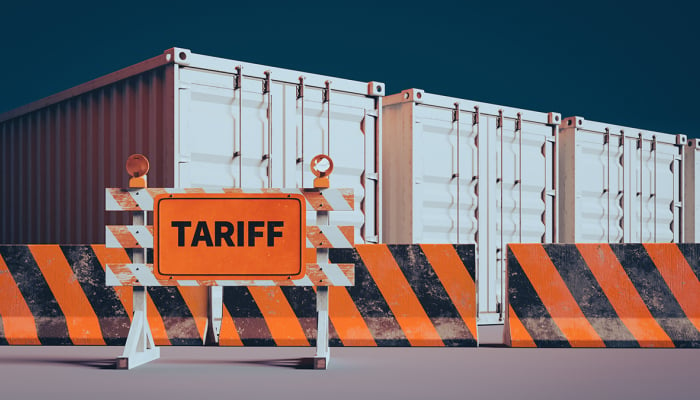



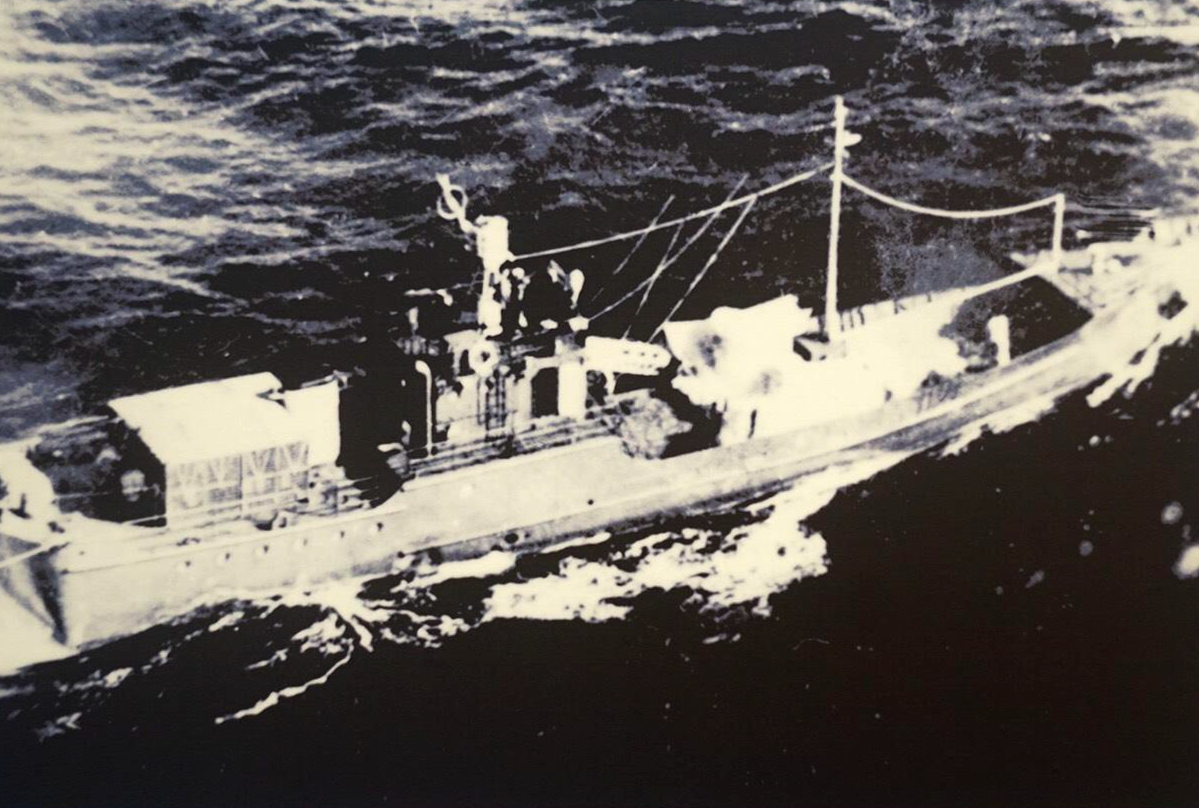



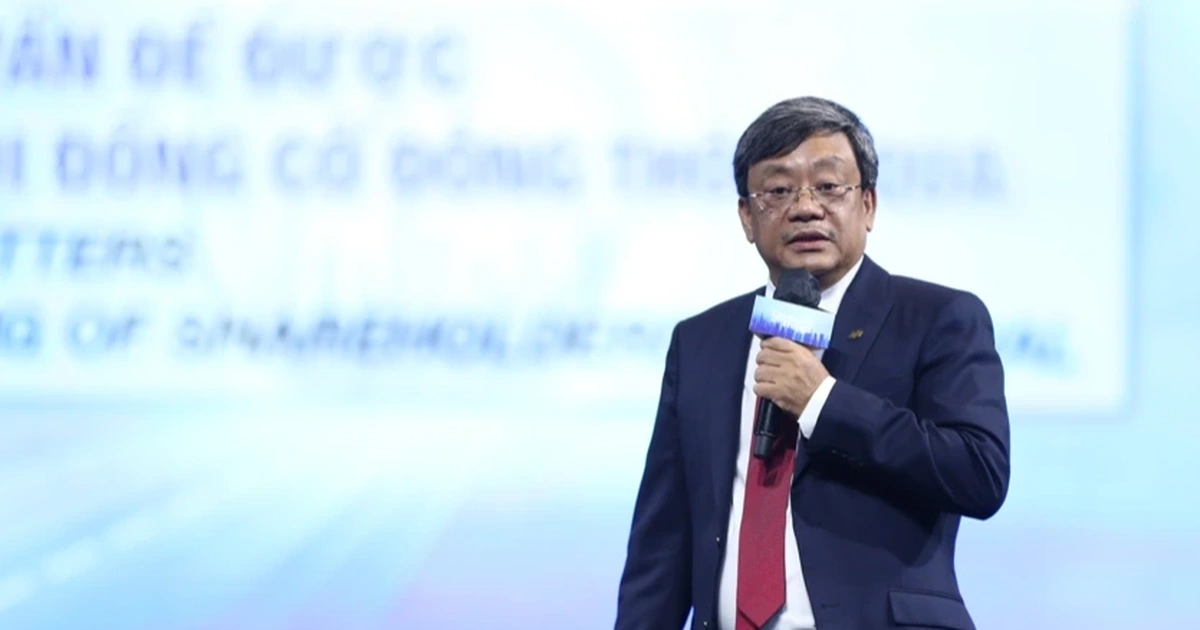



![[Photo] Quang Binh: Bright yellow vermicelli flowers in Le Thuy village](https://vstatic.vietnam.vn/vietnam/resource/IMAGE/2025/4/6/80efad70a1d8452581981f8bdccabc9d)






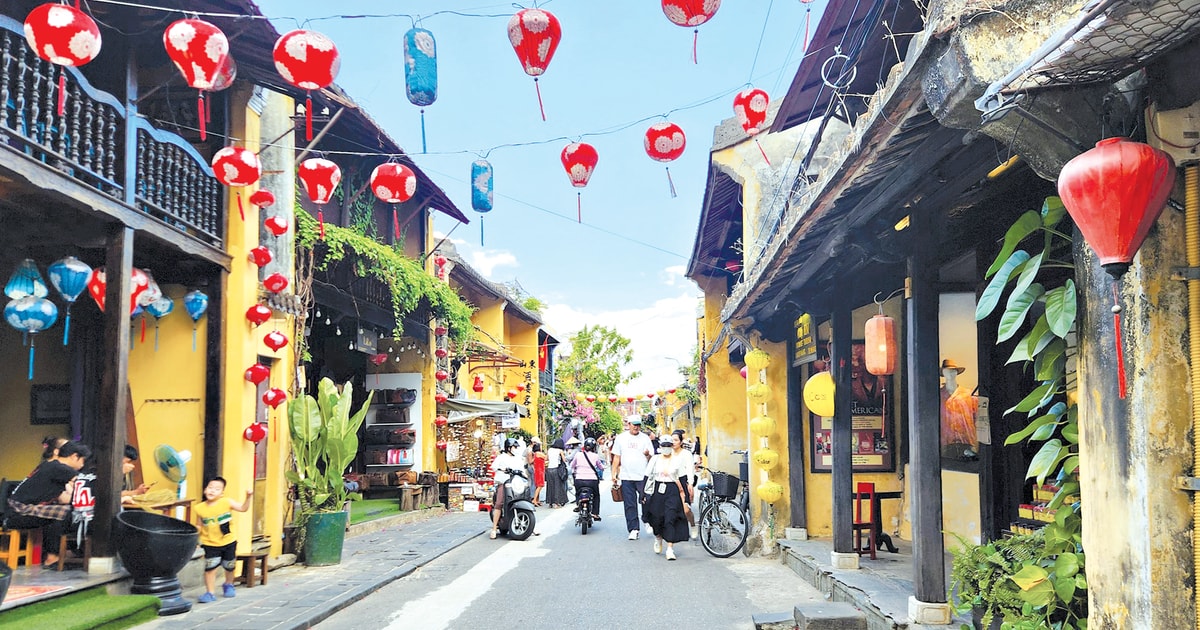

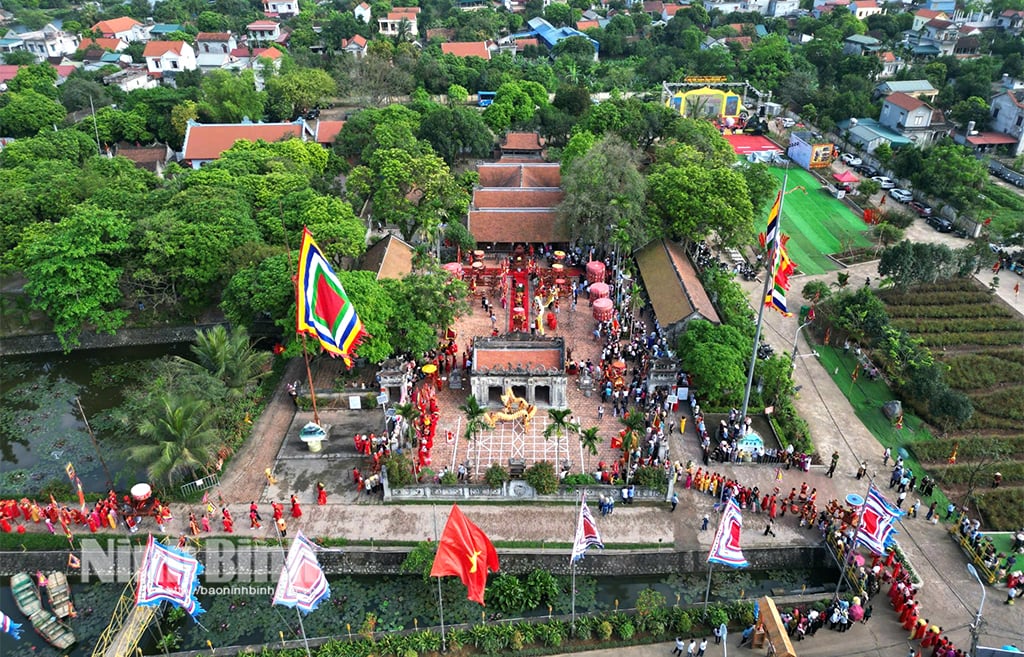










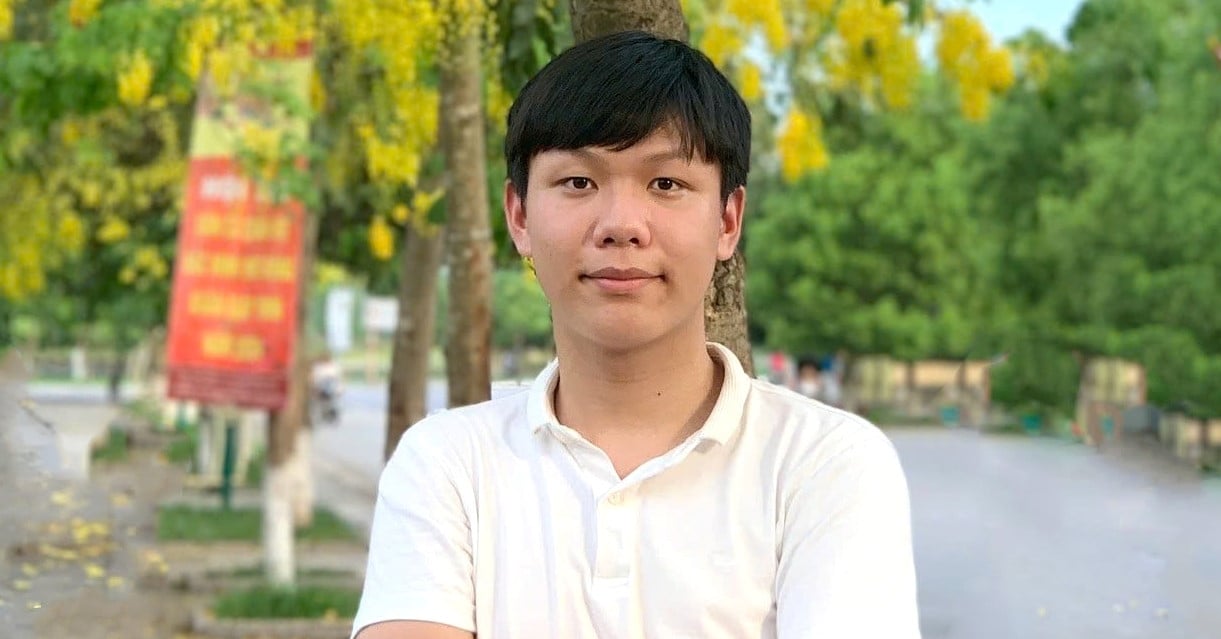





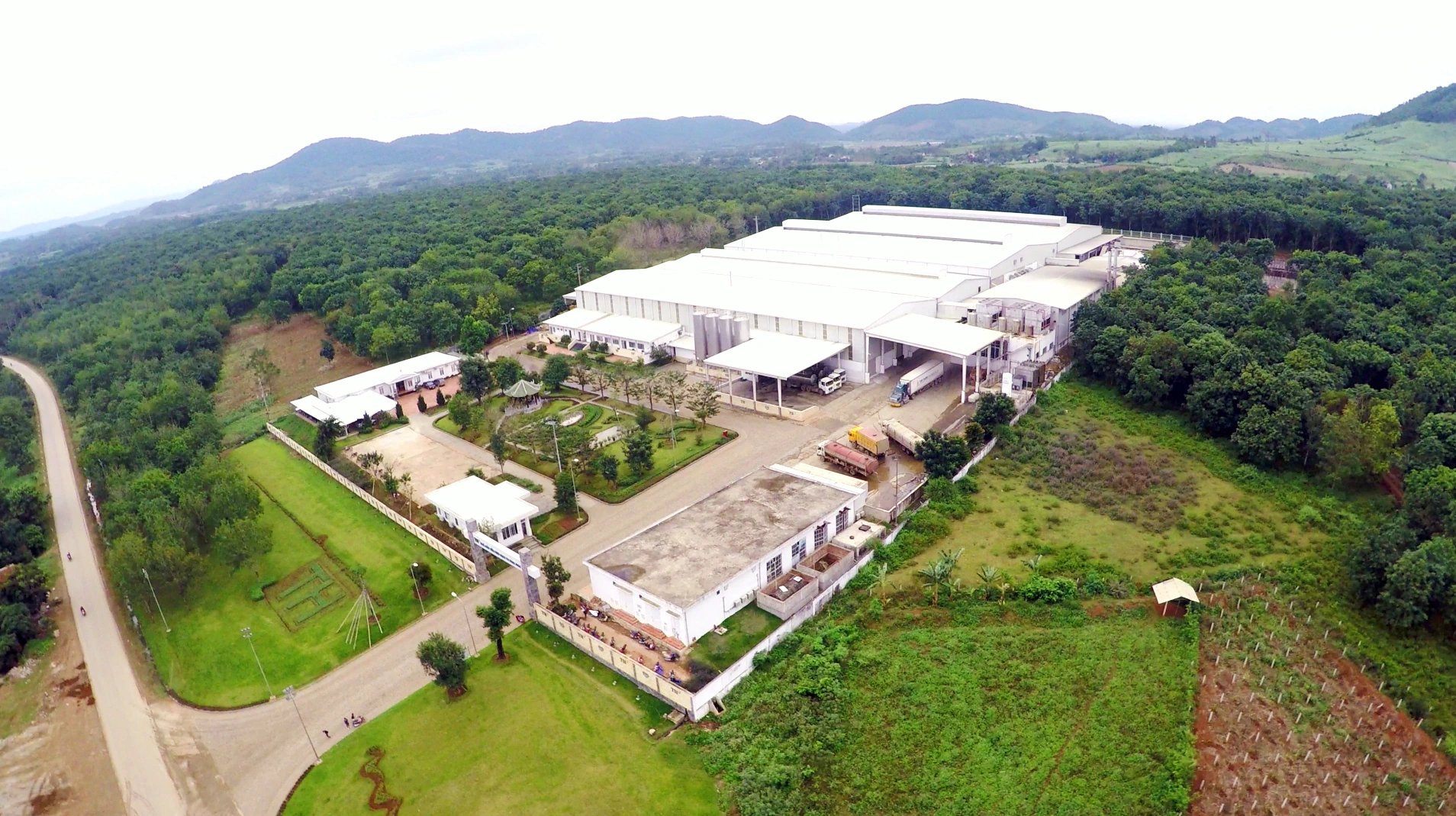


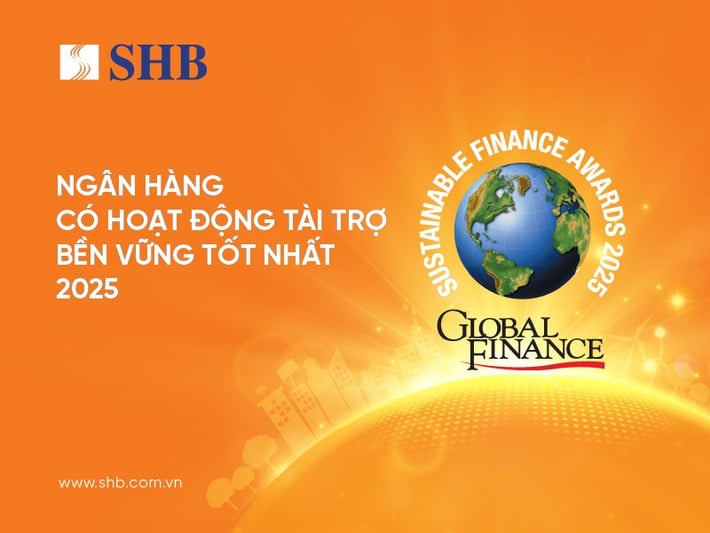

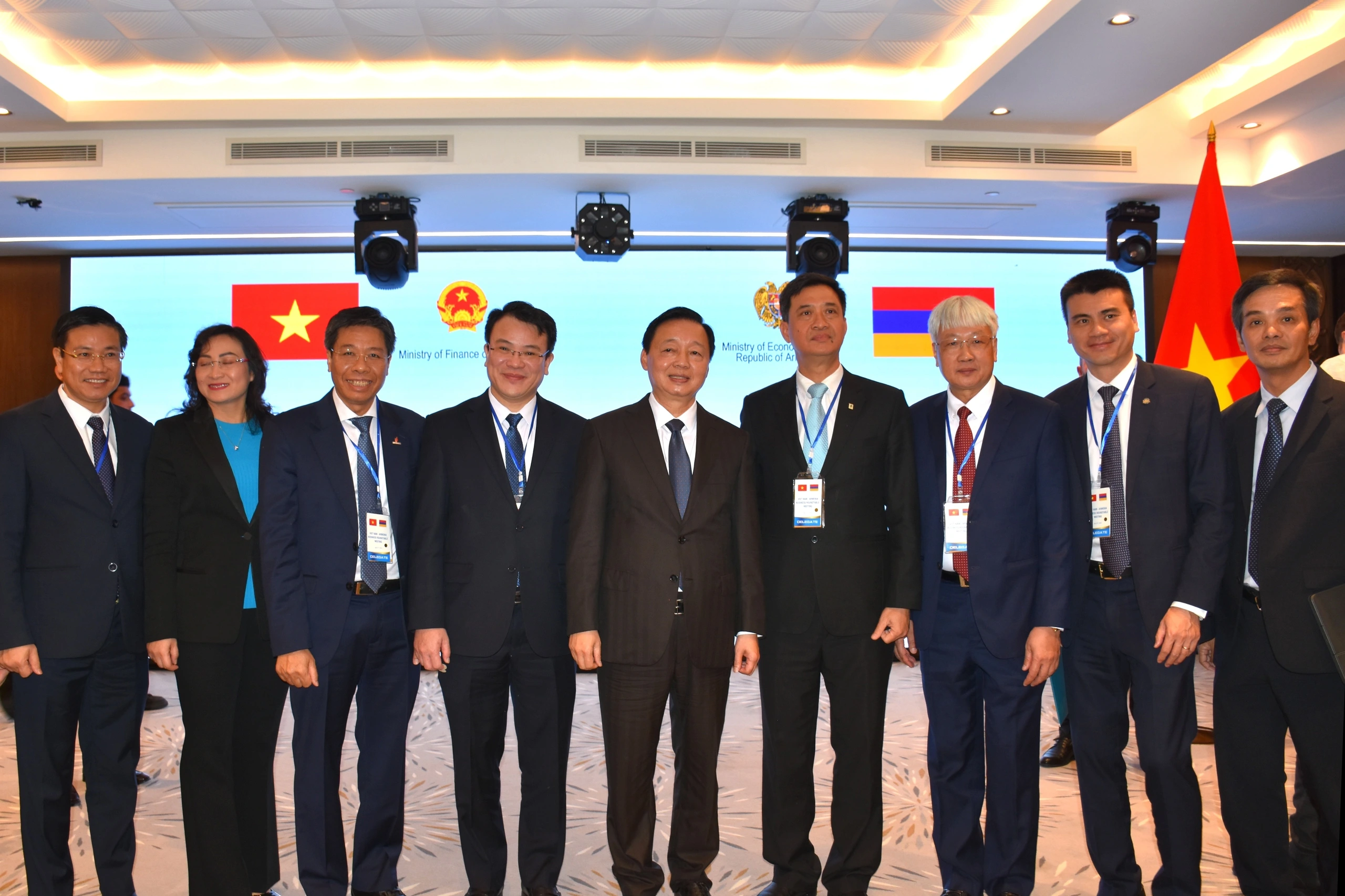





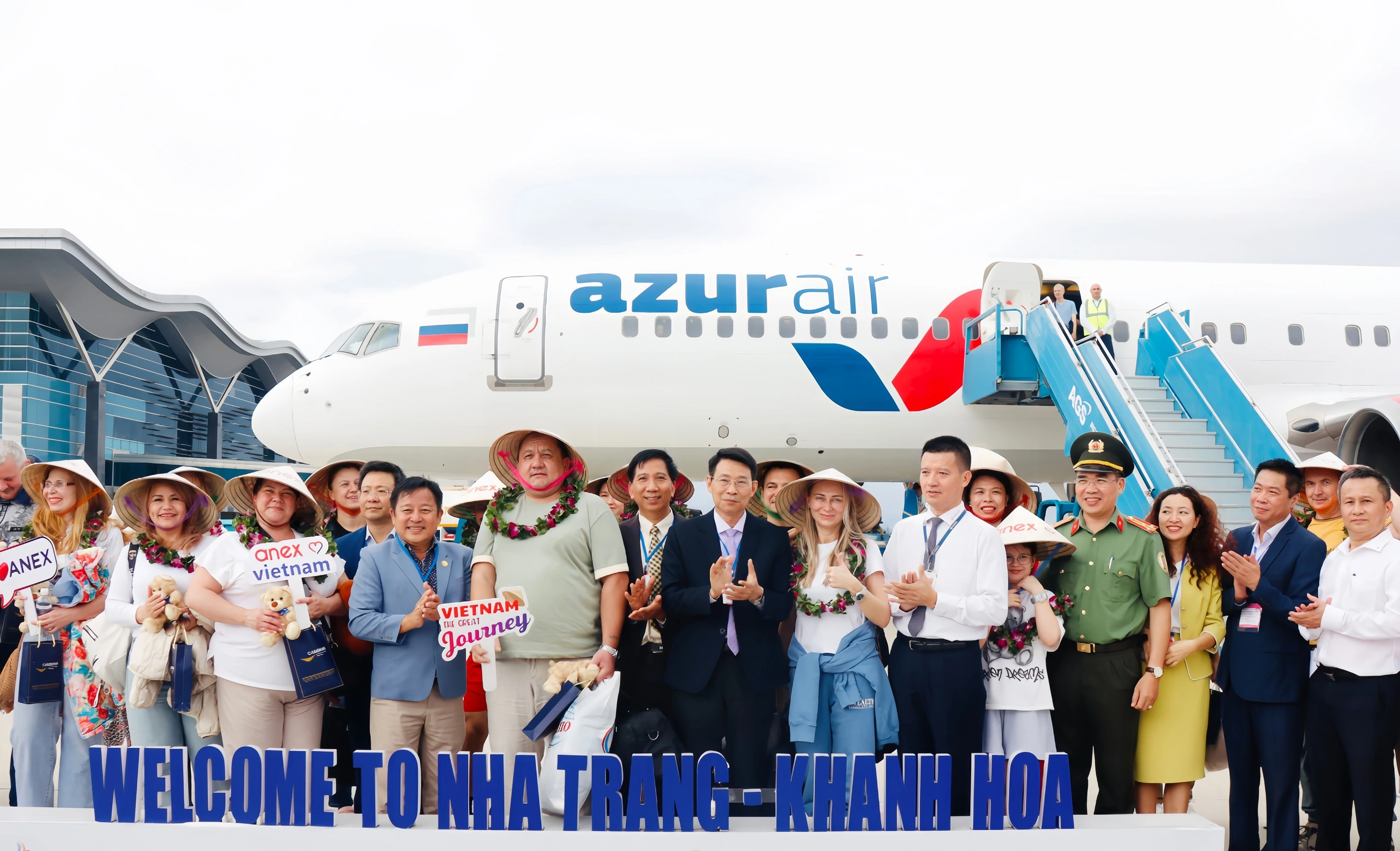
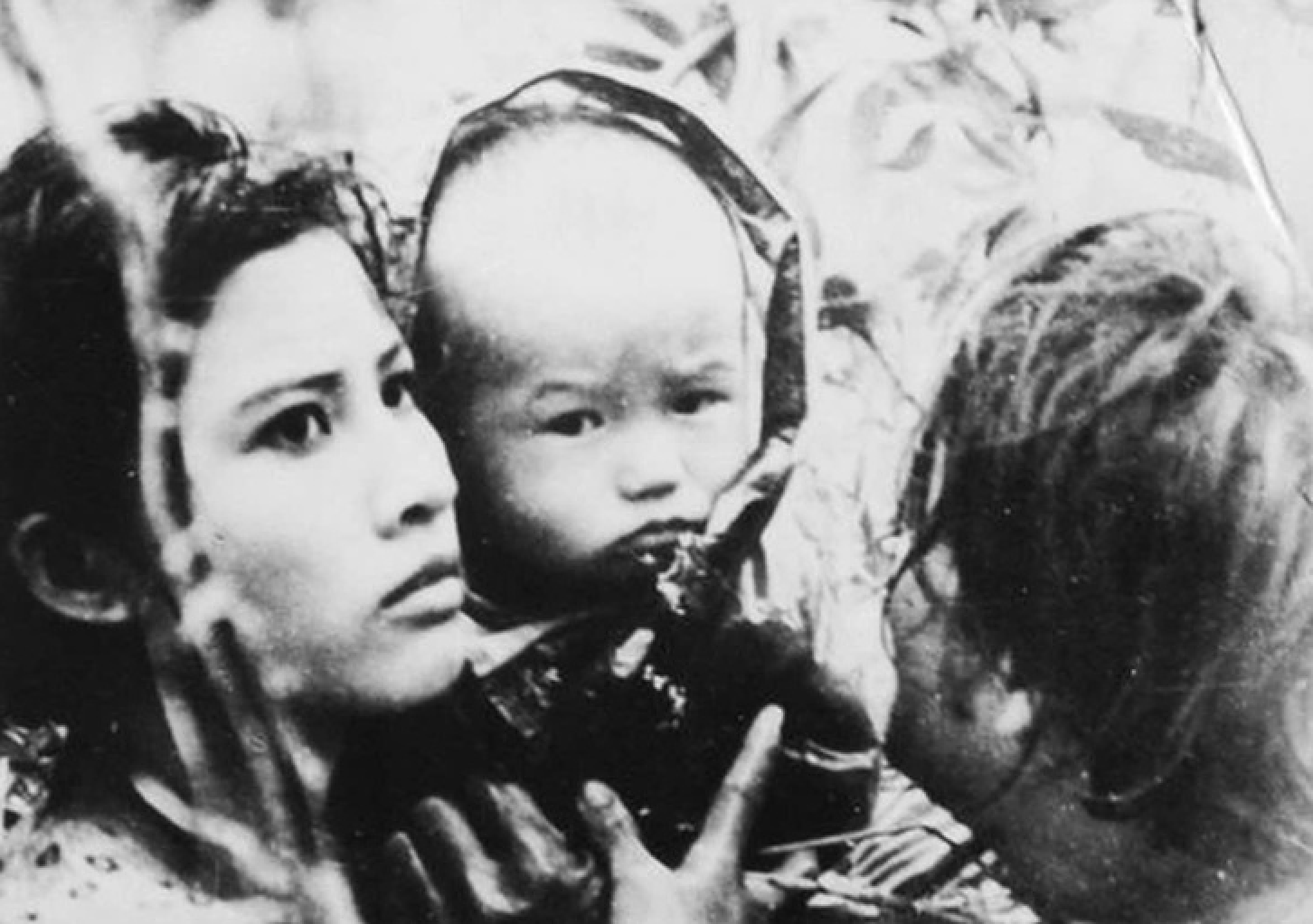










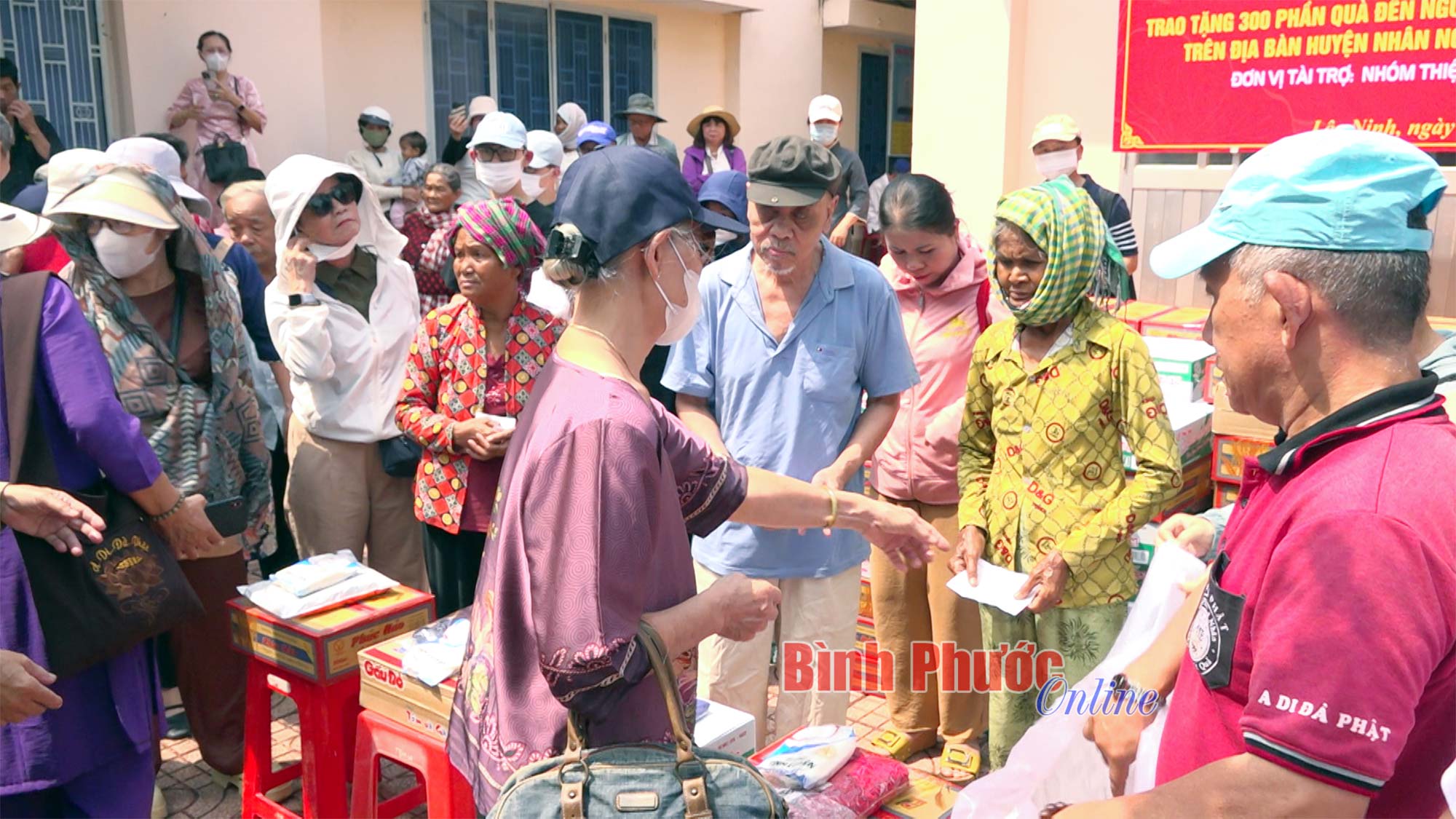

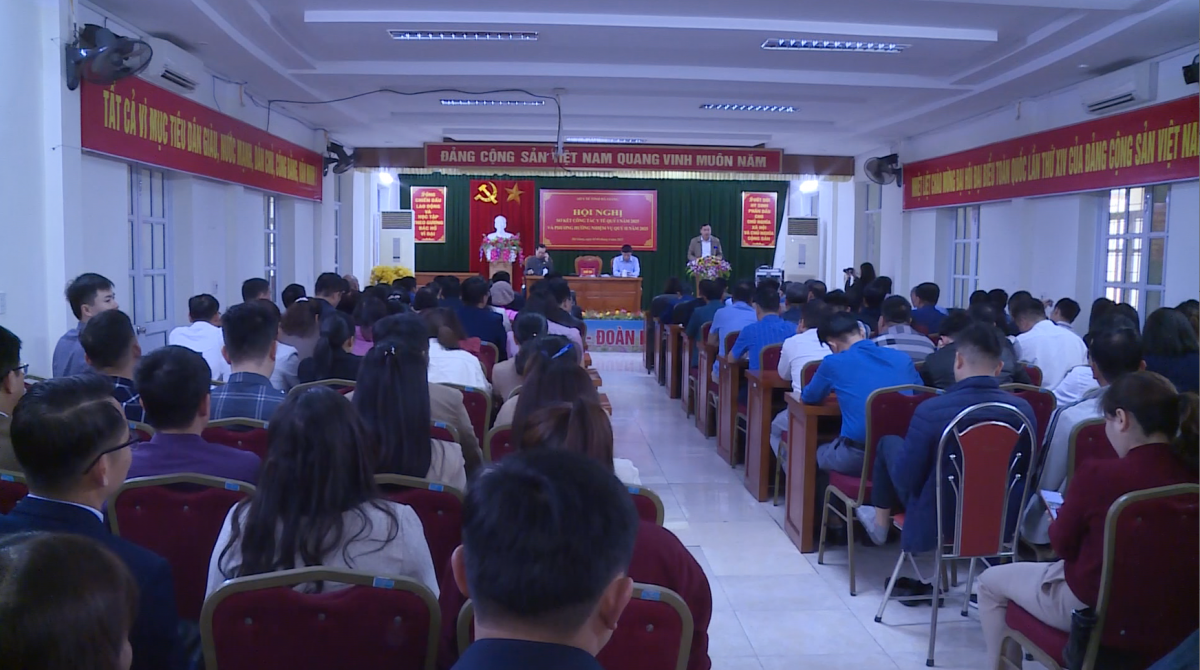
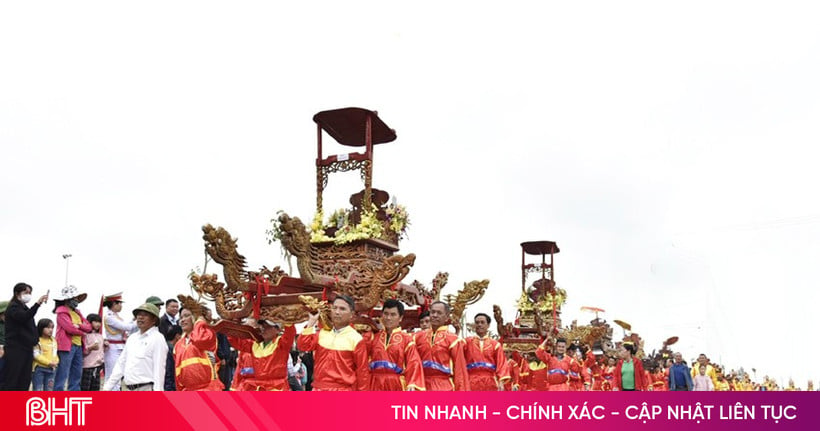


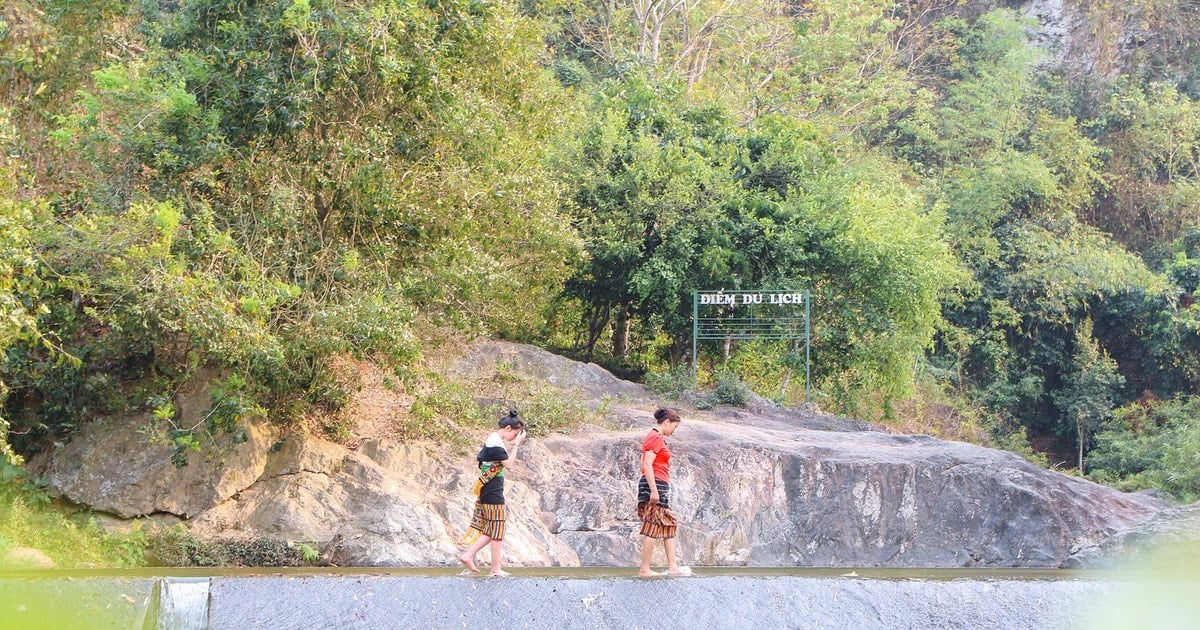



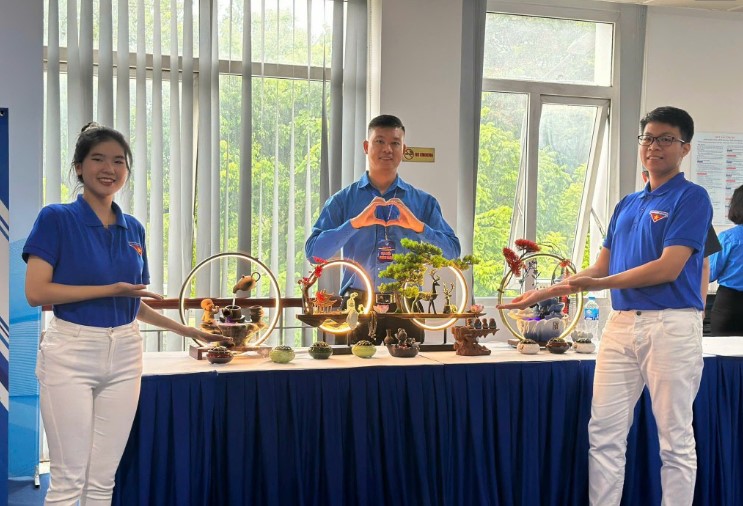
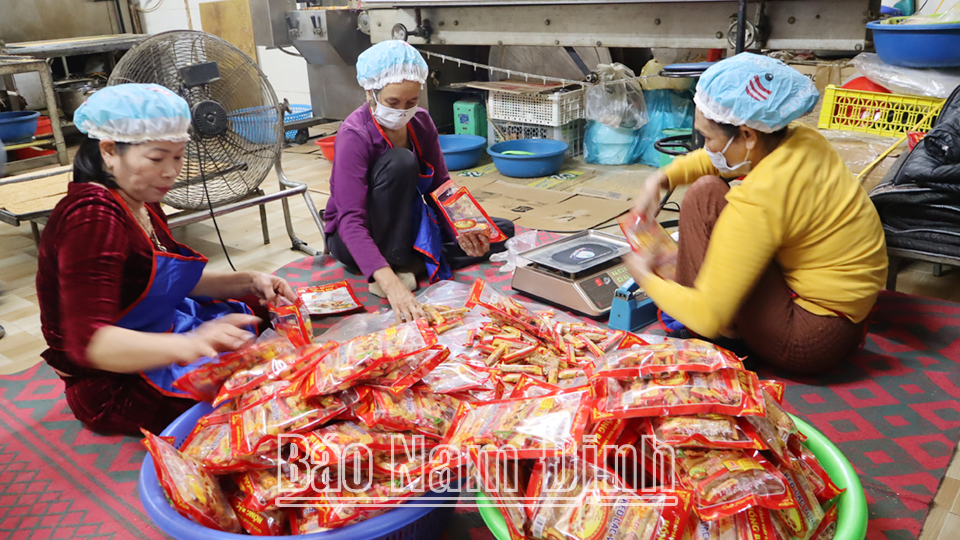





Comment (0)